For the first time, Taiwan’s military has confirmed that the People’s Liberation Army recently flew drones across the median line of the Taiwan strait, the de facto border between Taiwan and mainland China.
Harpoon Horror! US ‘Confirms’ Russian Vessel That Was Sunk By Ukraine In June Was Fired From Flatbed Truck
Russian Su-25 Fighter Pilot Masterfully Dodges Two Anti-Aircraft Missiles Fired By Ukrainian Armed Forces — Watch
In the last few weeks, Beijing has increased drone incursions into Taiwan’s airspace, flying combat, and reconnaissance unmanned aerial vehicles (UAVs) daily.
On September 8, Taiwan’s defense ministry said that 45 PLA aircraft flew around Taiwan. 25 of the detected aircraft (TB-001, SU-30*12, J-10*2, J-16*4, JH-7*4, J-11 and Y-9 CC) had flown on the east part of the median line of the Taiwan Strait and our SW ADIZ, flight paths as illustrated.
25 of the detected aircraft (TB-001, SU-30*12, J-10*2, J-16*4, JH-7*4, J-11 and Y-9 CC) had flown on the east part of the median line of the Taiwan Strait and our SW ADIZ, flight paths as illustrated.
— 國防部 Ministry of National Defense, R.O.C. ?? (@MoNDefense) September 8, 2022
The military also revealed the model and the drone’s flight path for the first time, claiming that another PLA drone, identified as a BZK-007, had infiltrated Taiwan’s southwest air defense identification zone on September 5.
The latest drone sorties came after the Taiwan Military had shot down a civilian drone flying over one of the nation’s restricted islands as a warning. It was near Shiyu, a small island governed by Taiwan only a few miles from the Chinese mainland.

The Taiwanese military installed drone jammers following the incident to disrupt signals of incoming drones in the Kinmen and Matsu Islands, said Maj. Gen. Chang Jung-Shun of the Kinmen Defense Command.
The Chinese drones began buzzing the islands after Beijing performed its extensive military drills against Taiwan in reaction to Speaker Nancy Pelosi’s visit in early August.
Experts believe the drone flights are the latest example of China’s “gray zone” strategies, which have been utilized in recent years to intimidate and unnerve Taiwan into submission while avoiding going to war.
These strategies have included everything from regular fighter aircraft flights over the Taiwan Strait’s median line to cyberattacks on institutions, like Taiwan’s Ministry of Foreign Affairs.
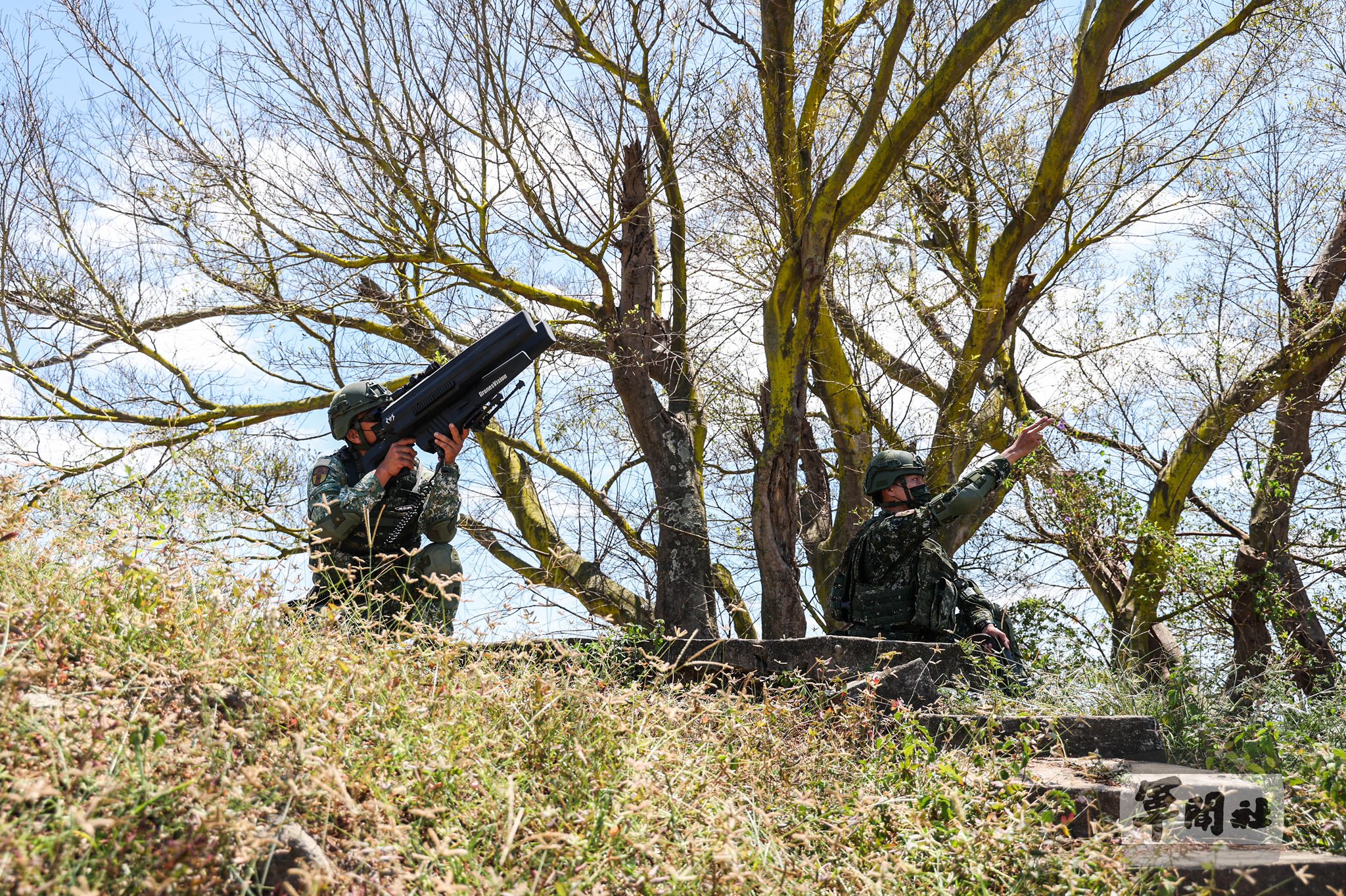
The Taiwan Strait divides Taiwan from mainland China and links the East and South China seas. In 1955, a senior US air force commander named Benjamin Davis Jr. outlined the Taiwan Strait’s median line, after which Washington pressured both sides to reach an unspoken agreement not to cross it.
Beijing regards the island as a part of its territory and has declared using force to annex it under the one-China policy. Like many other nations, the US does not recognize Taiwan as an independent country but is opposed to any move to annex the island forcibly.
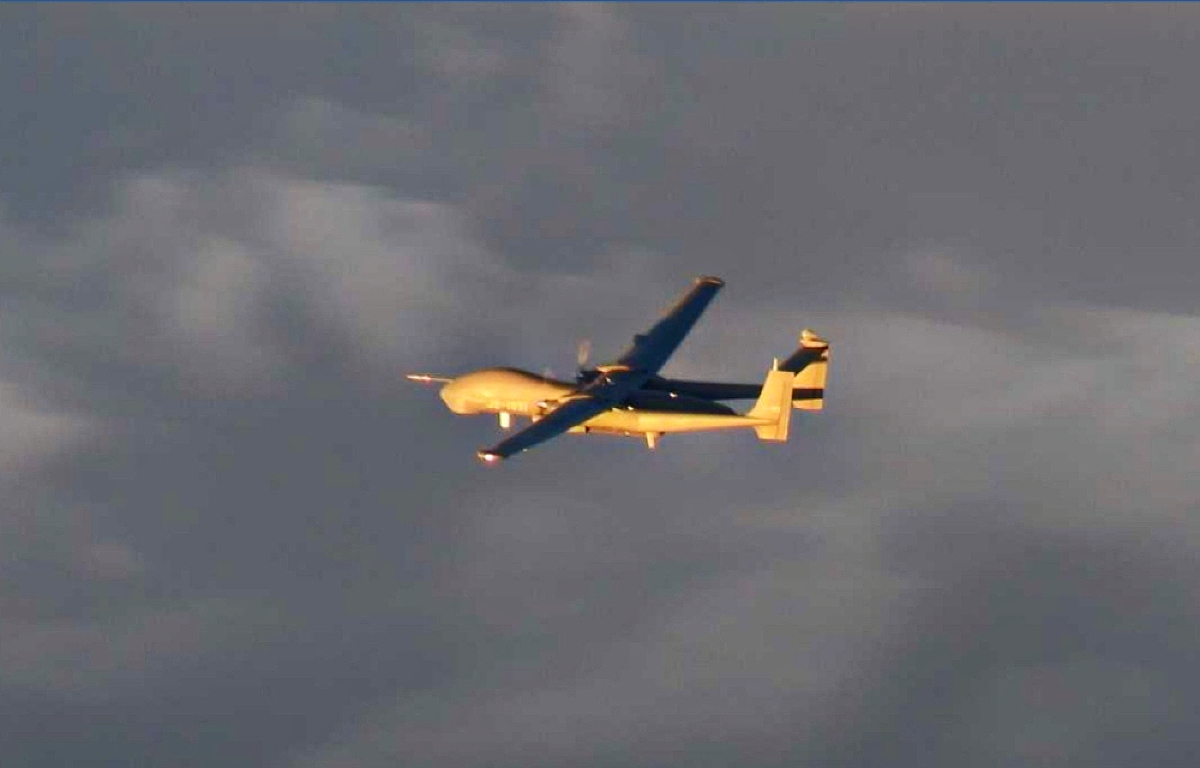
Regular Drone Incursions
The drones are escalating the tense situation between the two sides, which has reached new heights during the past month. To test Taiwan’s defenses and increase the likelihood of conflict, China has expanded the military presence of its forces in the Taiwan Strait.
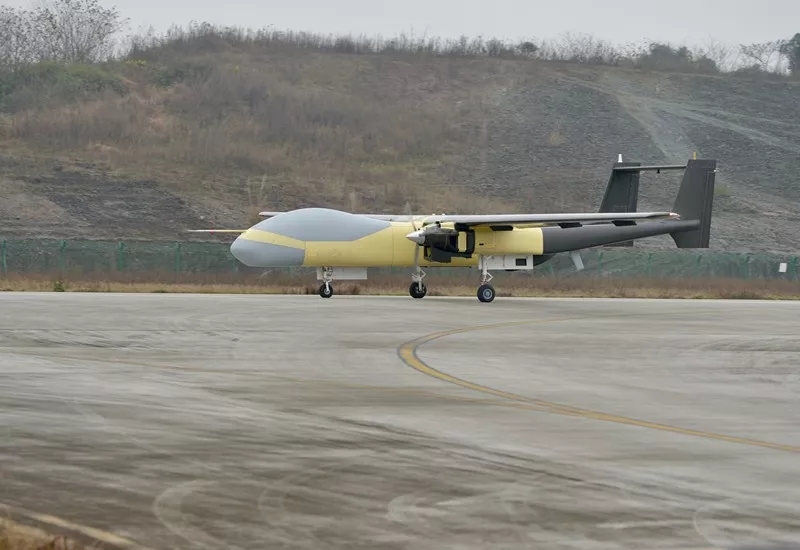
Beijing has been sending drones to the Taiwan Strait since it expanded the scope of its “encirclement patrols.” The SCMP quoted an anonymous source saying, “the PLA used to send UAVs to perform reconnaissance tasks in sensitive areas of the sky before sending fighter jets for special missions, but the Taiwanese military wasn’t aware of it until recently.”
Lu Li-shih, a former instructor at Taiwan’s Naval Academy, told SCMP that the use of drones may have begun in November of last year when the PLA’s Eastern Theater Command declared “joint combat-readiness security patrols” around Taiwan.
On August 4, Japan stated that a BZK-005, TB-001, and at least one unmanned aerial vehicle (UAV) were hovering over the waters near northeastern Taiwan, and fighter jets had been sent to intercept the drones from the Nansei islands.
The BZK-005 UAV is a long-range reconnaissance aircraft flying at high altitudes. The drone is designed by the Beijing University of Aeronautics & Astronautics and Harbin Aircraft Industry Co Ltd.
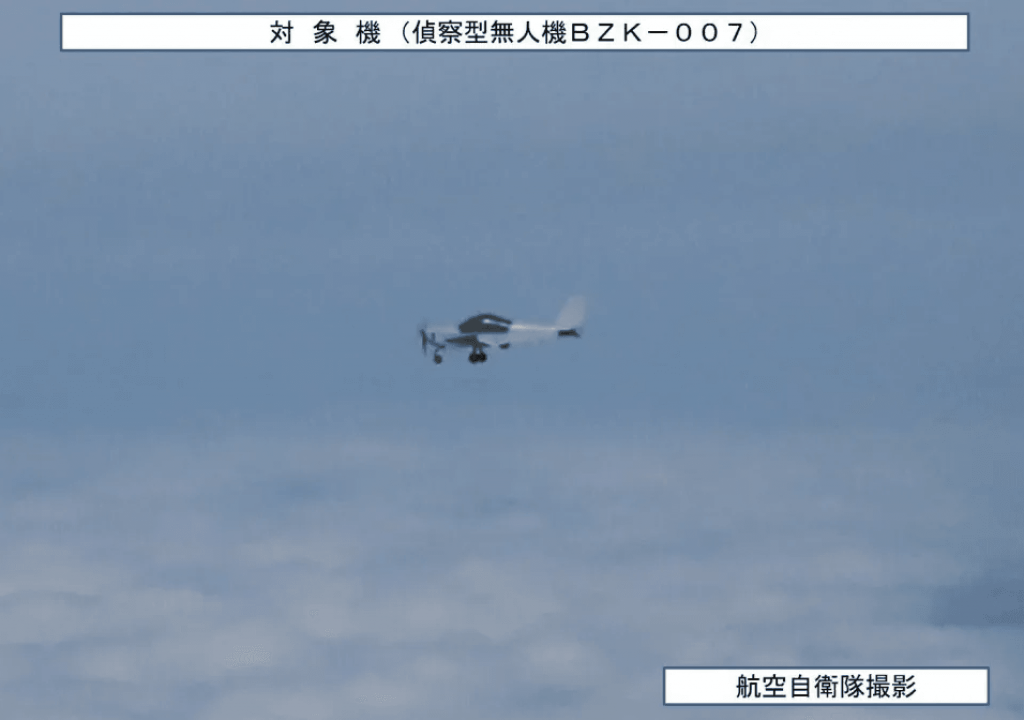
The drone has an estimated range of 2,400 kilometers (1,490 miles) and a maximum flight time of 40 hours. It is currently used by the PLA Navy and the PLA Air Force.
Tengoen TB001 Scorpion / TW328
The TB-001, often known as the twin-tailed scorpion, is a combat and spy UAV created by Sichuan Tengden Technology. It has a range of about 6,000 kilometers and a maximum flight time of 35 hours.
China Aerospace Science and Technology Corporation (CASC) launched the TB001 fixed-wing drone in September 2017.
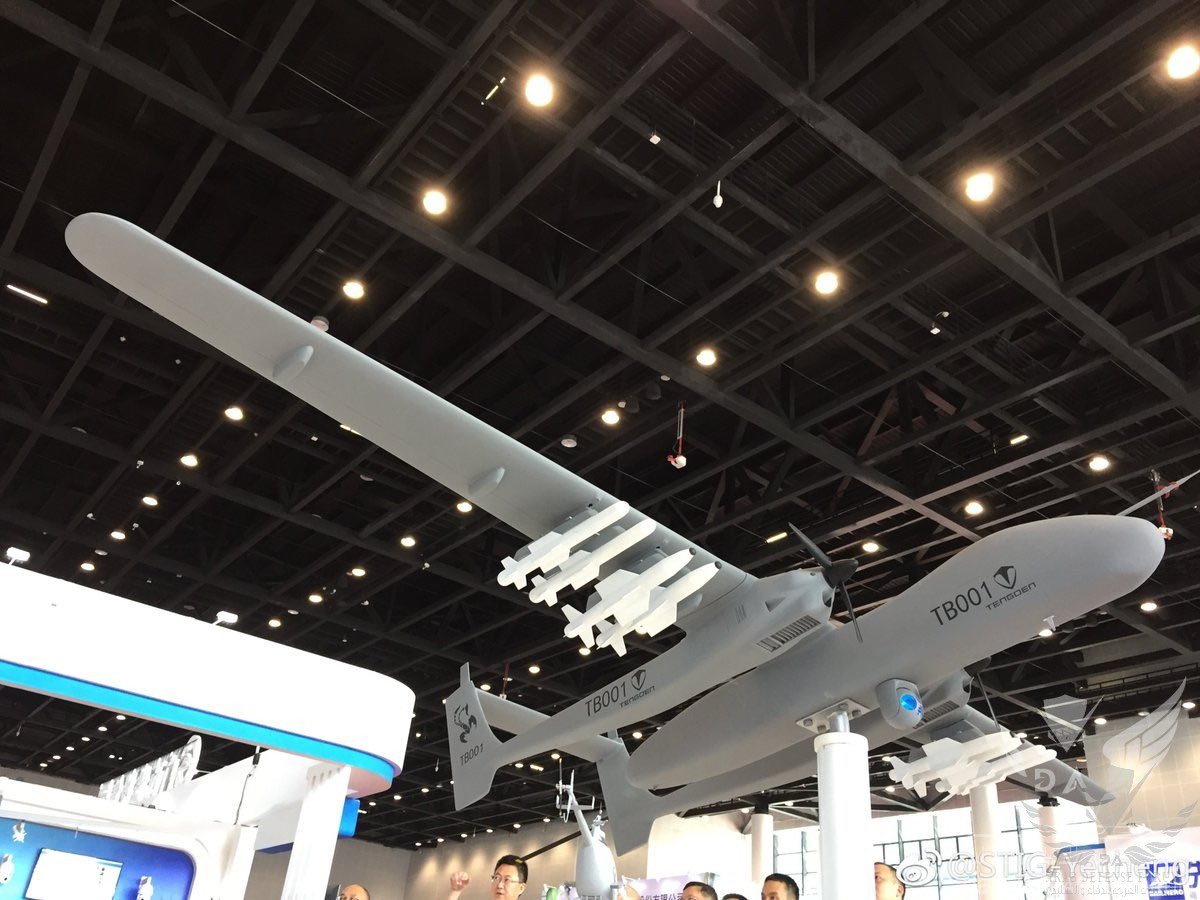
The dual tail fuselage design of this aircraft distinguishes it. This design combines the tops of the two vertical tails to create a flat tail by extending two tail support sections backward on the wing, each joining a vertical tail.
A flat tail, a vertical tail, and a tail brace together form a structure. This layout is used on a range of aircraft, including the well-known P-38 Lightning Fighter during World War II.
The TB001 drone is capable of firing a range of missiles, including 20 kg class Ar-2 air-to-ground missiles. The missile weighs relatively low and could be supported by four joint mount racks.
The drone can employ three sophisticated cruise missiles from the AR series missile family. The AR-3 cruise missile, for example, weighs 100 kg and is powered by a miniature turbojet engine.
The AR-3 cruise missile is ideal for hitting enemy fire control radars and alert radars that are tightly defended. After entering the enemy zone, the missile will automatically detect radar target signals, dive, and maneuver.
The Blue Arrow LJ-7 air-to-ground missile can also be fired using the TB001 UAV control system, which is compatible with satellite communications.
On the other hand, the regular incursions have put the Taiwanese authorities under pressure to respond forcefully. Tsai Ing-wen, Taiwan’s president, has warned China that the country’s military will not remain silent in the face of aggression.
Taiwan has pushed to improve its capabilities in response to China’s incursions. This month, the Biden administration approved the transfer of more than $1.1 billion in military arms to Taiwan, including anti-ship missiles and surveillance radar.
Beijing claimed that the package would “severely jeopardize” its relations with the US and asked Washington to revoke the package.
- Contact the author at ashishmichel@gmail.com
- Follow EurAsian Times on Google News




